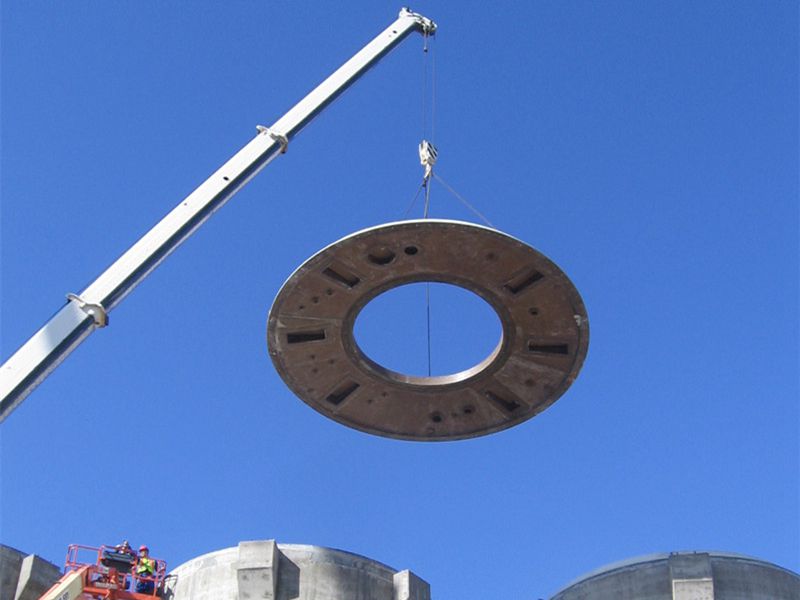
-
 Afrikaans
Afrikaans -
 Albanian
Albanian -
 Amharic
Amharic -
 Arabic
Arabic -
 Armenian
Armenian -
 Azerbaijani
Azerbaijani -
 Basque
Basque -
 Belarusian
Belarusian -
 Bengali
Bengali -
 Bosnian
Bosnian -
 Bulgarian
Bulgarian -
 Catalan
Catalan -
 Cebuano
Cebuano -
 China
China -
 China (Taiwan)
China (Taiwan) -
 Corsican
Corsican -
 Croatian
Croatian -
 Czech
Czech -
 Danish
Danish -
 Dutch
Dutch -
 English
English -
 Esperanto
Esperanto -
 Estonian
Estonian -
 Finnish
Finnish -
 French
French -
 Frisian
Frisian -
 Galician
Galician -
 Georgian
Georgian -
 German
German -
 Greek
Greek -
 Gujarati
Gujarati -
 Haitian Creole
Haitian Creole -
 hausa
hausa -
 hawaiian
hawaiian -
 Hebrew
Hebrew -
 Hindi
Hindi -
 Miao
Miao -
 Hungarian
Hungarian -
 Icelandic
Icelandic -
 igbo
igbo -
 Indonesian
Indonesian -
 irish
irish -
 Italian
Italian -
 Japanese
Japanese -
 Javanese
Javanese -
 Kannada
Kannada -
 kazakh
kazakh -
 Khmer
Khmer -
 Rwandese
Rwandese -
 Korean
Korean -
 Kurdish
Kurdish -
 Kyrgyz
Kyrgyz -
 Lao
Lao -
 Latin
Latin -
 Latvian
Latvian -
 Lithuanian
Lithuanian -
 Luxembourgish
Luxembourgish -
 Macedonian
Macedonian -
 Malgashi
Malgashi -
 Malay
Malay -
 Malayalam
Malayalam -
 Maltese
Maltese -
 Maori
Maori -
 Marathi
Marathi -
 Mongolian
Mongolian -
 Myanmar
Myanmar -
 Nepali
Nepali -
 Norwegian
Norwegian -
 Norwegian
Norwegian -
 Occitan
Occitan -
 Pashto
Pashto -
 Persian
Persian -
 Polish
Polish -
 Portuguese
Portuguese -
 Punjabi
Punjabi -
 Romanian
Romanian -
 Russian
Russian -
 Samoan
Samoan -
 Scottish Gaelic
Scottish Gaelic -
 Serbian
Serbian -
 Sesotho
Sesotho -
 Shona
Shona -
 Sindhi
Sindhi -
 Sinhala
Sinhala -
 Slovak
Slovak -
 Slovenian
Slovenian -
 Somali
Somali -
 Spanish
Spanish -
 Sundanese
Sundanese -
 Swahili
Swahili -
 Swedish
Swedish -
 Tagalog
Tagalog -
 Tajik
Tajik -
 Tamil
Tamil -
 Tatar
Tatar -
 Telugu
Telugu -
 Thai
Thai -
 Turkish
Turkish -
 Turkmen
Turkmen -
 Ukrainian
Ukrainian -
 Urdu
Urdu -
 Uighur
Uighur -
 Uzbek
Uzbek -
 Vietnamese
Vietnamese -
 Welsh
Welsh -
 Bantu
Bantu -
 Yiddish
Yiddish -
 Yoruba
Yoruba -
 Zulu
Zulu
Food Safe Fiberglass Equipment for Commercial and Home Use
The Importance of Fiberglass Food Grade Equipment in the Food Industry
In the food industry, safety and hygiene are of paramount importance. With the increasing demand for high-quality food products, the materials used in manufacturing equipment must adhere to stringent regulations and standards. Among these materials, fiberglass has emerged as a preferred choice for food-grade equipment due to its unique properties and benefits.
Understanding Fiberglass
Fiberglass is a composite material made from fine glass fibers combined with a resin, usually polyester or epoxy. This combination results in a lightweight, durable, and corrosion-resistant product. The versatility of fiberglass allows it to be molded into various shapes, making it ideal for creating equipment used in different sectors of the food industry, from processing to storage.
Food Safety Considerations
One of the vital aspects of food-grade equipment is its ability to resist contamination. Fiberglass is non-porous, meaning it does not harbor bacteria, mold, or other pathogens that could compromise food safety. Additionally, it can withstand cleaning chemicals and high temperatures, which are common in food processing environments. This resistance ensures that fiberglass equipment maintains hygiene standards, which is crucial for preventing foodborne illnesses.
Durability and Cost-Effectiveness
In addition to being non-corrosive, fiberglass is highly durable. Unlike metal equipment, which may rust or corrode over time, fiberglass can endure harsh conditions without deteriorating. This durability translates into lower maintenance costs and a longer lifespan for equipment, making fiberglass a cost-effective choice for manufacturers. Over time, businesses can save significant amounts on equipment replacement and maintenance, allowing them to invest in other areas.
fiberglass food grade equipment

Lightweight and Easy to Handle
Another advantage of fiberglass food-grade equipment is its lightweight nature. Equipment made from fiberglass is easier to transport and install, reducing labor costs and the risk of workplace injuries. This benefits food processors, who may need to relocate equipment frequently or adjust their production setups. Lightweight fiberglass tools enhance operational efficiency and make it simpler to maintain a clean and organized workspace.
Versatile Applications
Fiberglass food-grade equipment is versatile and can be used across various applications in the food industry. It is commonly used for food storage containers, processing equipment, conveyor systems, and even custom molds for specialty food items. Its adaptability allows manufacturers to tailor equipment designs to specific operational needs, ensuring optimal performance and compliance with hygiene standards.
Environmental Considerations
The use of fiberglass in food-grade applications can also contribute to environmental sustainability. Many fiberglass products are made from recycled materials, and their longevity means that less waste is generated from equipment replacements. Additionally, the energy efficiency of fiberglass in terms of insulation properties can lead to reduced energy consumption in temperature-controlled environments.
Conclusion
In conclusion, fiberglass food-grade equipment plays a pivotal role in ensuring safety, durability, and efficiency in the food industry. With its resistance to contamination, lightweight nature, and versatility, fiberglass offers significant advantages over traditional materials. As food safety regulations continue to evolve, the demand for reliable and effective equipment will grow, making fiberglass an indispensable component in the pursuit of high-quality food production. By investing in fiberglass food-grade equipment, companies not only enhance their operational capabilities but also contribute to the overall health and well-being of consumers.
Latest news
-
Exploring the Benefits of Top Hammer Drifter Rods for Enhanced Drilling PerformanceNewsJun.10,2025
-
High-Precision Fiberglass Winding Machine for GRP/FRP Pipe Production – Reliable & Efficient SolutionsNewsJun.10,2025
-
FRP Pipes & Fittings for Shipbuilding - Corrosion-Resistant & LightweightNewsJun.09,2025
-
Premium FRP Flooring Solutions Durable & Slip-ResistantNewsJun.09,2025
-
Premium Fiberglass Rectangular Tanks Durable & Lightweight SolutionNewsJun.09,2025
-
Tapered Drill String Design Guide Durable Performance & UsesNewsJun.09,2025









